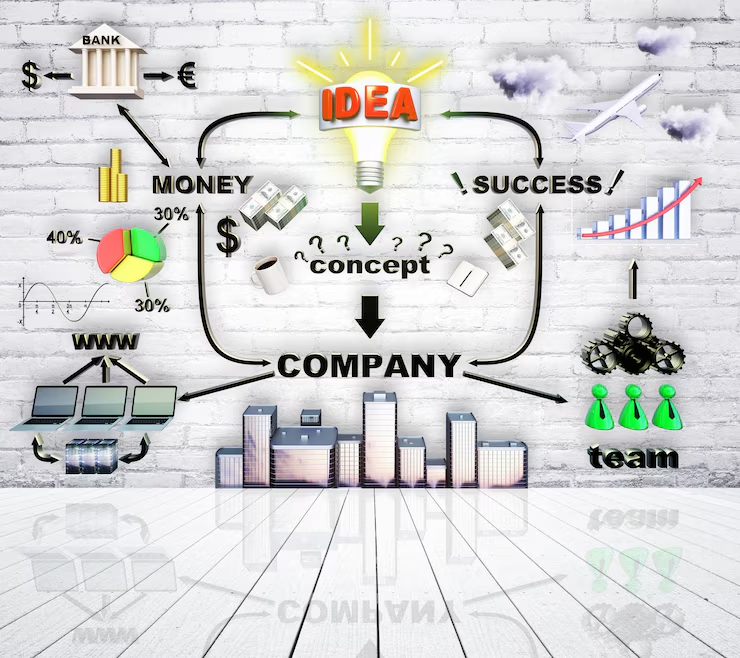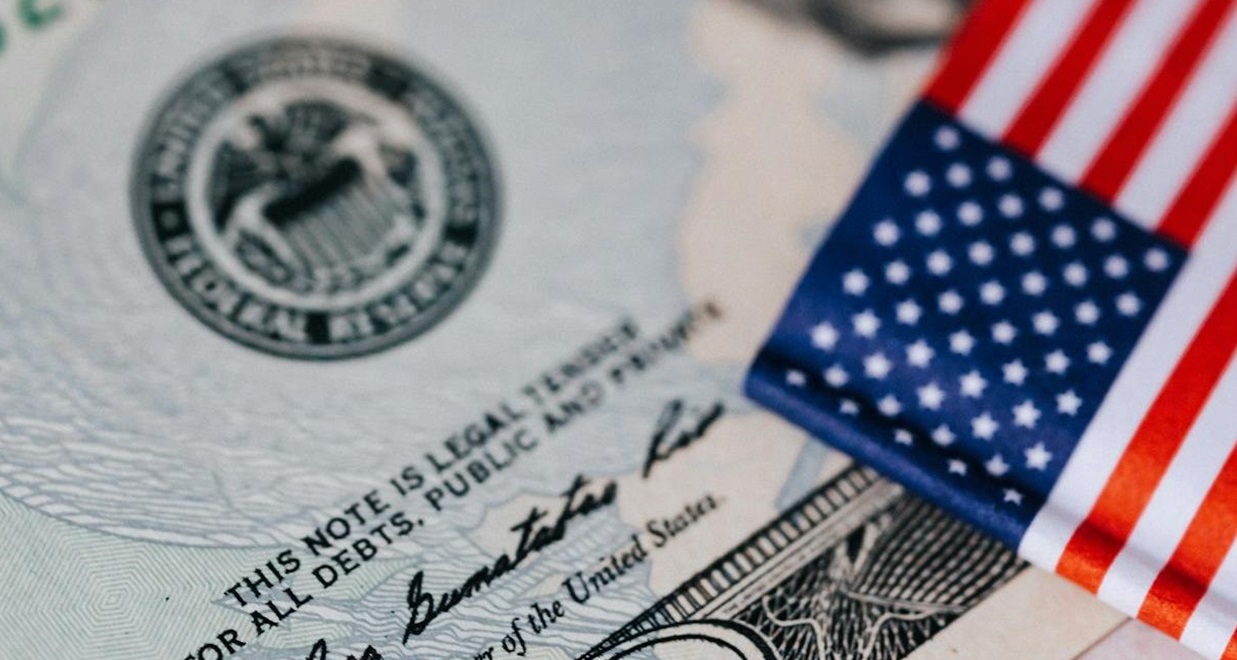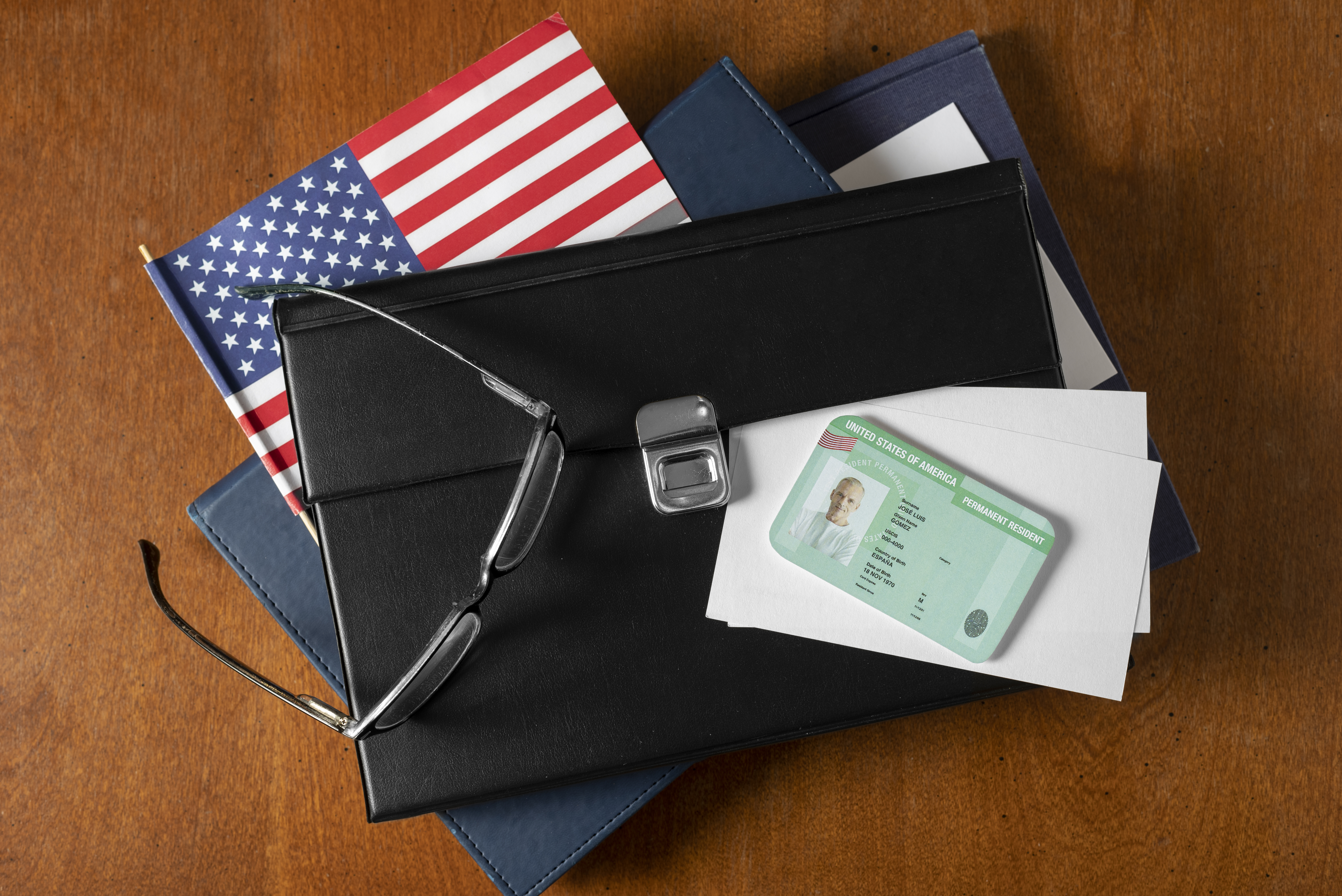🎯 Mastering Personal Finance in the Gig Economy: How Americans Thrive Without a 9-to-5 in 2025
BynambiPublished 88 days ago
🚀 Introduction: The Rise of the Gig Economy
The American workforce is transforming rapidly. In 2025, over 40% of U.S. workers earn some or all of their income from gig jobs or freelance work.
From ride-sharing and food delivery to digital freelancing and content creation, millions are embracing flexible work — but with that freedom comes financial challenges.
This blog dives into how gig workers can build financial stability, save, and grow wealth despite unpredictable incomes.
1. 💡 Budgeting with Variable Income: The Key to Stability
Unlike traditional salaried jobs, gig income fluctuates. Successful gig workers use these budgeting hacks:
Calculate your “minimum viable income” to cover essentials each month.
Use a “two-pot budget”: one pot for fixed expenses, one for variable/fun spending.
Save the “extra” months aggressively to buffer lean periods.
Tools like EveryDollar, YNAB, or PocketGuard help track irregular income effectively.
2. 💰 Build an Emergency Fund — Bigger Than Before
Experts recommend 3-6 months of expenses for salaried workers, but gig workers should aim for 6-12 months due to income swings.
Automate transfers into a high-yield savings account like Ally or Capital One 360.
Treat your emergency fund as untouchable — except for true emergencies.
3. 📊 Separate Business & Personal Finances
Opening a dedicated bank account for your gig earnings and expenses simplifies tax season and money management.
Use tools like QuickBooks Self-Employed or Wave to track income and deductible expenses.
Consider an LLC or sole proprietor status for legal and tax benefits.
4. 🧾 Taxes in the Gig World: Be Proactive
No employer withholding means you’re responsible for quarterly estimated tax payments.
Set aside at least 25-30% of your income for taxes.
Use IRS Form 1040-ES or apps like TaxAct or TurboTax Self-Employed.
Deduct eligible expenses: home office, mileage, supplies, phone bills.
5. 📈 Saving & Investing: Small Steps, Big Impact
Even with variable income, start investing early:
Use micro-investing apps like Acorns or Stash that round up purchases and invest the change.
Automate investments on good months — even $50/month helps.
Prioritize retirement savings with SEP IRAs or Solo 401(k)s, which have higher contribution limits for the self-employed.
6. 🛠️ Leverage Technology to Maximize Earnings
Maximize your gig work efficiency with apps and platforms that manage bookings, taxes, and payments:
Fiverr, Upwork, DoorDash, Uber Eats for gigs
QuickBooks Self-Employed, FreshBooks for finances
Stride Health for affordable healthcare options
7. 💡 Mindset: Embrace Flexibility and Discipline
Balancing freedom and financial responsibility is tricky but doable. Set goals, stay consistent, and continually learn new skills to increase your earning potential.







.avif)

















.jpg)





.png)























.jpg)










